- What exactly are smart thermostat systems and building energy management systems (“BEMS”)?
- How are they similar and different?
- Which type of system is best for your restaurant?
Remember these? You had to constantly remember to turn up (or down) the temperature when leaving, or prepare to waste money and energy. Annoying!! (And SO pre-Y2K)
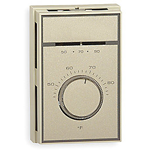
Remember these? You had to constantly remember to turn up (or down) the temperature when leaving, or prepare to waste money and energy. Annoying!! (And SO pre-Y2K)
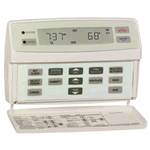
Then came the first generation “smart” thermostats. They allowed you to set your temperature to a range, and let the A/C take a break once in a while. These babies added the ability to set different setpoints depending on the time of day. What we call “occupied setpoints” are the temperatures you like when you’re there (usually 74 – 68 degrees). These new “smart” thermostats introduced “setback setpoints”, which are temperatures that you are OK with when you’re NOT there (typically 85 – 50 degrees). These new “smart” thermostats saved, immediately, a ton of energy and money.
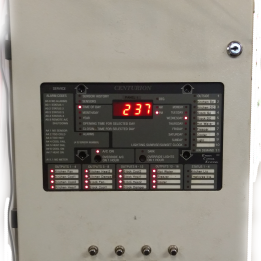
This is when we see some of the first “energy management systems”. Basically these systems integrated all on-site thermostats (and sometimes lighting) into a single system. These early control systems incorporated an occupied/unoccupied setpoint schedule, recorded outside and duct supply temperatures, and controlled lighting systems with the integrated schedule. They could also be accessed remotely via a dial-up connection. Although largely mechanical in appearance and performance, these early energy management systems were the first remote access systems.
Ektos had one (back then we were called “E.S.M.S – or Energy Savings Management Systems”). Many McDonalds restaurants still have their Centurion system up and running, and we still service these systems.
Present

Oh the internet and the cloud….. *euphoric sigh*. By now, we know that the “cloud” is a giant data universe with different planets, each planet has its own set of societies. And they talk to each other, can’t, or choose not to. Cloud-based systems shoot your data to the cloud where it mingles with adjoined data societies, and the cloud gods find a way to summarize the conversation for us on Earth.

Cloud-based smart thermostats take this whole “occupied” / “setback” setpoint thing to a whole new level. Not only can you set different setpoints, but your phone can now be another trigger to activate different temperatures…. Because who leaves home (or small restaurant business) without their phone?? For restaurant owners, unless you have a small team working for you, this system unfortunately doesn’t quite cut it. These systems go “too many phones!” “What do I do?” “Am I off?” “Am I on?” AH!!
What these systems DO do, however, is provide you with some awesome stats on your energy use, and amazing mobile access to your temperatures. They are also economically attractive for your quick temperature fixes.
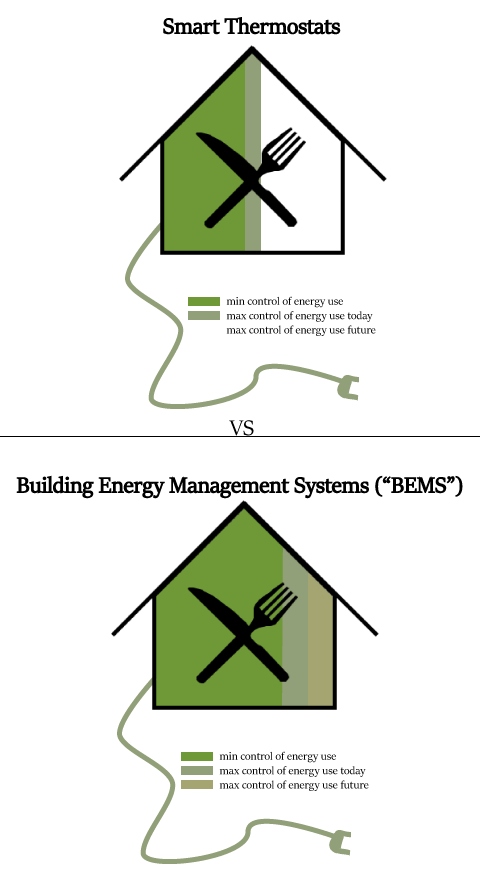
Smart thermostat systems only address 44 – 60% of the total building energy use. Energy management systems address 75 – 85% of total building energy use (at this time – as more systems become reliably connectable, this number will encompass all 100% of energy use in a restaurant).
In 2018, energy management systems are both on-site and in the cloud. Although some are more powerful than others, the vast majority INCLUDE smart thermostats. Energy management systems also track (like we did in the 90s) outside temperature and weather, duct supply temperature, and KW demand and kWh demand. Energy management systems have more computing power onsite, and have more ports. Depending on the system you get, you can hard wire hook up anything you want that uses energy to operate. You can track your dishwasher cycles, hot water heaters, and go further and connect solar panels and electric vehicles. An energy management system is vastly different from a smart thermostat system because it goes far above and beyond the thermostat.
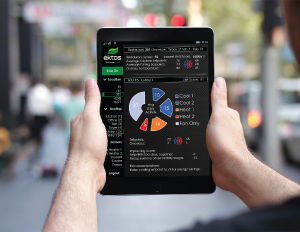
A hard-wired energy management system can also compute and execute commands on-site. If the internet goes down, an EMS can still produce an alarm and alert. Cloud based smart thermostat systems have to wait to be reconnected to the cloud portal before the user knows anything is wrong.
That brings us to “the internet of things”, frequently referred to by nerds everywhere as “IoT”. Anything that can party with others in the cloud universe is a member of the IoT club.
Like smart thermostat systems, energy management systems are part of the IoT club and bring a lot more data to the party. With more data to bring to the party, energy management systems can hang with a lot more people with different interests. Things from air pressure and balance, humidity, to security systems and ventilation.

The future of this industry, like many others, will involve removing human behavior from the equation. Meaning, you do less, the machine does more. The algorithms to enact change in building system behavior get more and more sophisticated at an exponential rate. And more devices, appliances, and building systems are joining the IoT club. Bigger party. Bigger potential to integrate. The movement is spreading like a wildfire through dry brush on a hot, windy day.
In the past 20 years, I’ve seen the energy management system industry change from Centurion systems to cloud-partying energy management systems like Evia. The growth of mobile apps and mobile device addictions charged a staggering movement of development – hardware, software and data manipulation. I feel like we have just started to see the entrance into light speed, where the ship is still gaining momentum, and gravitating toward the unexplored.
So you’re deciding whether or not to get a smart thermostat system or an energy management system. First of all, an energy management system includes smart thermostats, so your decision is whether or not you want to cover a portion of your total building energy use, or all of it.
Here are a few different things to think about when choosing an energy management system company.
- They have history, but have released major improvements every year for at least the past 5 years.
- They continue to service older systems, either by offering free upgrades, or through customer service, part replacement and maintenance. i.e. Ektos still services systems installed over 20 years ago (1996).
- They use hardware that is either a 3rd party standard and/or open protocol. If you ask your EMS sales rep, they should know what this means.
- They are still people, as in, when you call them, a person answers and can offer immediate assistance.
- They can confidently say to the IOT universe, “We are ready and willing to party.”
The best energy control option depends on your restaurant’s size, energy demand, and operational needs. Go ahead and ask us whatever questions you may have. We take pride in helping restaurant owners and managers like you find the perfect solution for your unique business.